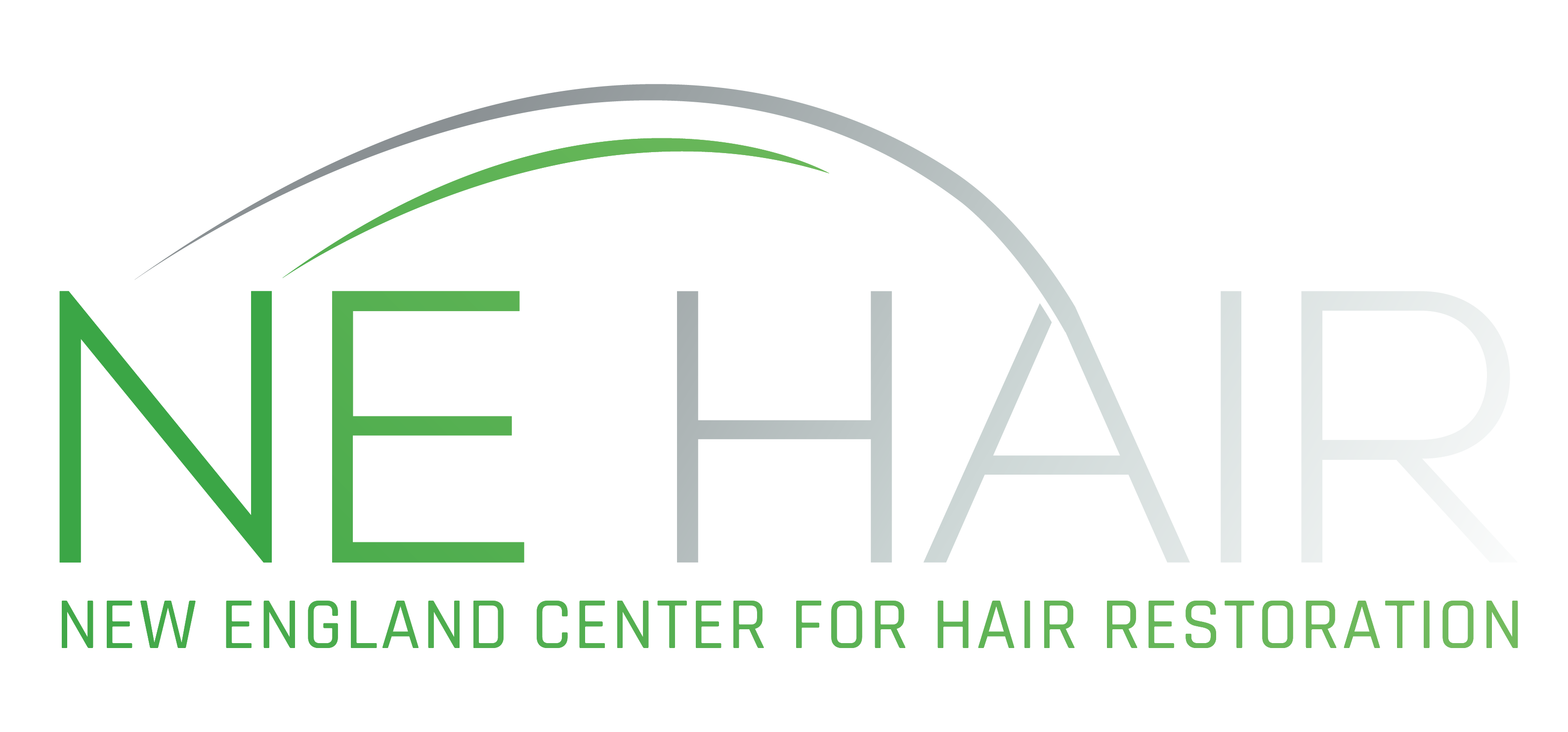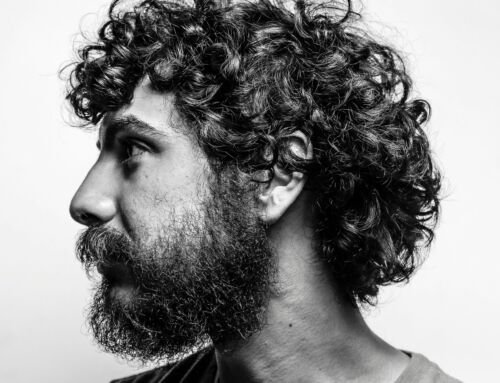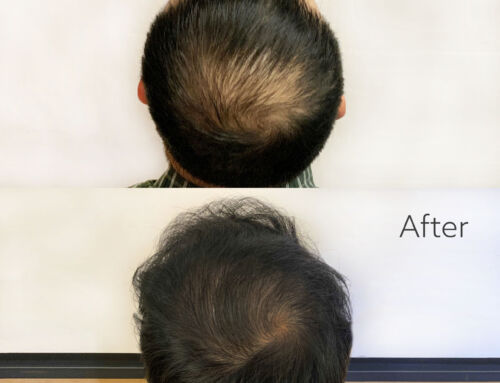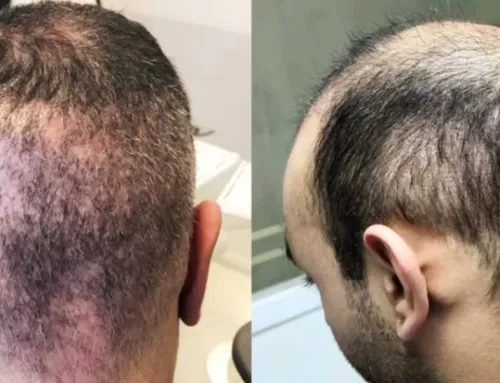When it comes to anti-aging, it is best to think of the skin simply and layer by layer. Most every skin care, anti-aging or aesthetic procedure is aimed at helping one or more specific skin factors. I put these into three basic categories. The first step in anti-aging is to understand what each layer is composed of and what we need to do to help that area act younger.
Anti-Aging Skin Category 1 The Epidermis
The epidermis is the outermost skin layer composed of five distinct areas. New cells come from the bottom (stratum basale) and move upward until they reach the top (stratum corneum) layer. This top layer is composed of dead cells that serve many protective and moisture-retaining functions. In regard to the epidermis, anti-aging products and treatments should:
- Clear excess dead skin cells from the skin surface (stratum corneum).
- Stimulate new cell growth from the stratum basale.
- Neutralize free radicals.
Anti-Agin Skin Category 2 The Dermis
The dermis is below the epidermis. Here collagen and elastin are of utmost importance. In this layer, cells calledfibroblastsmake collagen and elastin. 70% of the dermis is made up of collagen. Think of collagen and elastin as architecture supporting the epidermis. In order to have beautiful and youthful skin you need a soft and smooth epidermis supported well by a healthy dermis. Collagen and elastin in the dermis keep the skin tight, elastic and firm. Effective products and treatments that help the dermis will:
- Stimulate fibroblasts to make more collagen and elastin.
- Clear free radicals that can break down collagen and elastin.
- Improve the function or prevent breakdown of collagen and elastin through the use of neurotoxins and dermal fillers. More collagen and elastin equates to tighter and firmer skin.
- Improve blood flow to the dermis. The blood flow in the dermis supplies oxygen and nutrients to both the dermis and epidermis. A diet filled with powerhouse anti-oxidants means these crucial anti-aging dietary factors are hitting these skin layers from the inside-out.
Anti-Aging Skin Category 3 Moisture and UV Protection
This is an important maintenance category. The skin needs to be nurtured and protected. Hydrated skin is youthful and happy skin. Avoid stripping protective oils and keep the skin well hydrated. Block UV rays from your skin as much as possible. These rays cause the formation of hefty amounts free radicals in both the epidermis and dermis resulting in premature skin aging.
How Neurotoxins (like Botox) and Dermal Fillers Fit into Category 2

Botox does more than just stop muscle movement though; it goes a step further. A study in theJAMA Facial Plastic Surgery(May 2015) showed that Botox increased the stretch and elastic recoil in the skin of women studied. This mimicked younger skin. Therefore, by relaxing the muscles, you now literally have less wear and tear on the collagen and elastin. Yes, Botox relaxes facial muscles, however it also gives collagen and elastin a chance to stretch out and strengthen. Through this, we are improving the strength and elasticity of the dermis. Our supporting architecture is improved. Therefore, Botox (and other neurotoxins) brings powerful anti-aging power beyond what was originally thought.
Dermal Fillers(i.e. Restylane, Juvederm, and Radiesse) do more than just fill in wrinkles. If the injector is skilled, the dermal filler will both fill in the area of deficit as well as stimulate the growth of collagen and elastin. A large bolus injection of a filler into a wrinkle is not optimal. Spreading the filler out during the injection (commonly referred to as fanning) is best.
- Spreading the filler out presents the dermis with a larger product surface area. For hyaluronic acid fillers like Restylane, this means a greater moisture-retaining potential. For a product like Radiesse, it means a larger collagen stimulating area.
- The process of spreading the filler out also serves to cause a greater stimulation of collagen-producing fibroblasts in the dermis. It is true that the injection itself can elicit anti-aging effects.
There are countless products and treatments which can help your skin look younger. It is important to remember to keep it simple. With each product used or procedure performed, be aware of which category is going to benefit most. Having this awareness will be of great benefit to you in accomplishing your anti-aging goals
In Winning Skin I discuss how each skin care ingredient, aesthetic treatment, cosmetic procedure and dietary factor helps one or more of these important three categories.
Be good to yourself and your skin!
Dean M. Tomasello, MD







